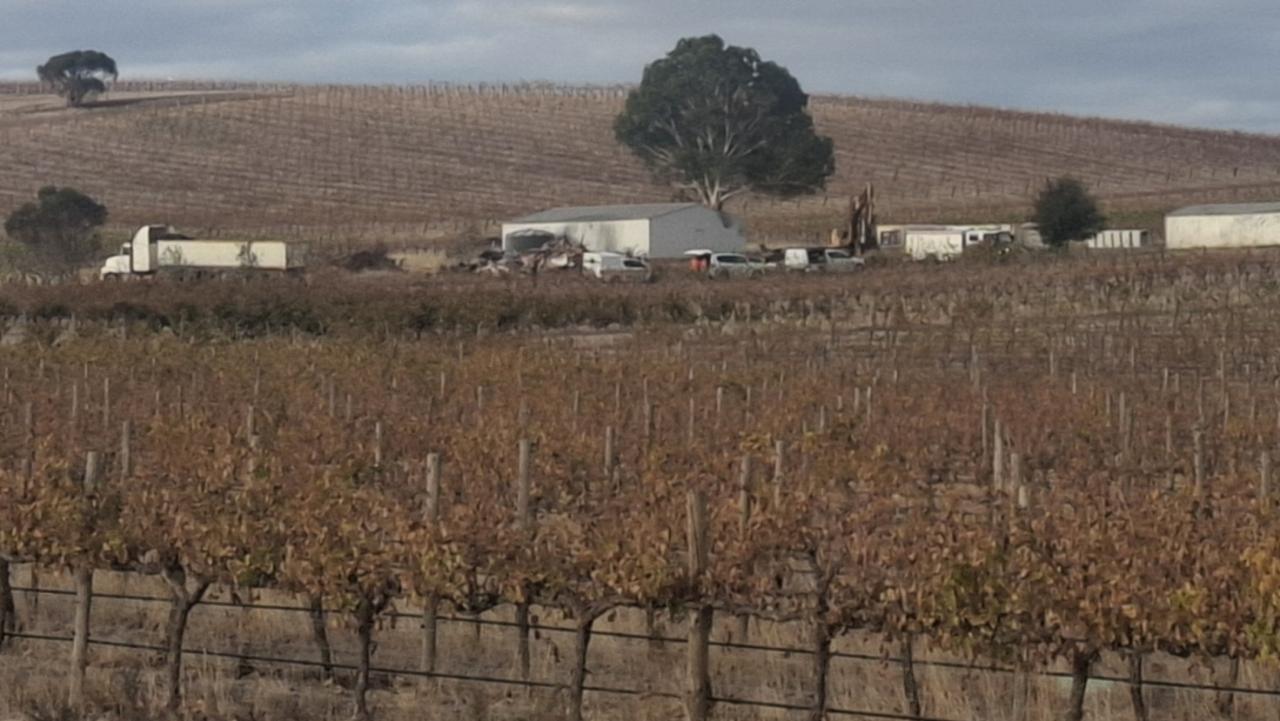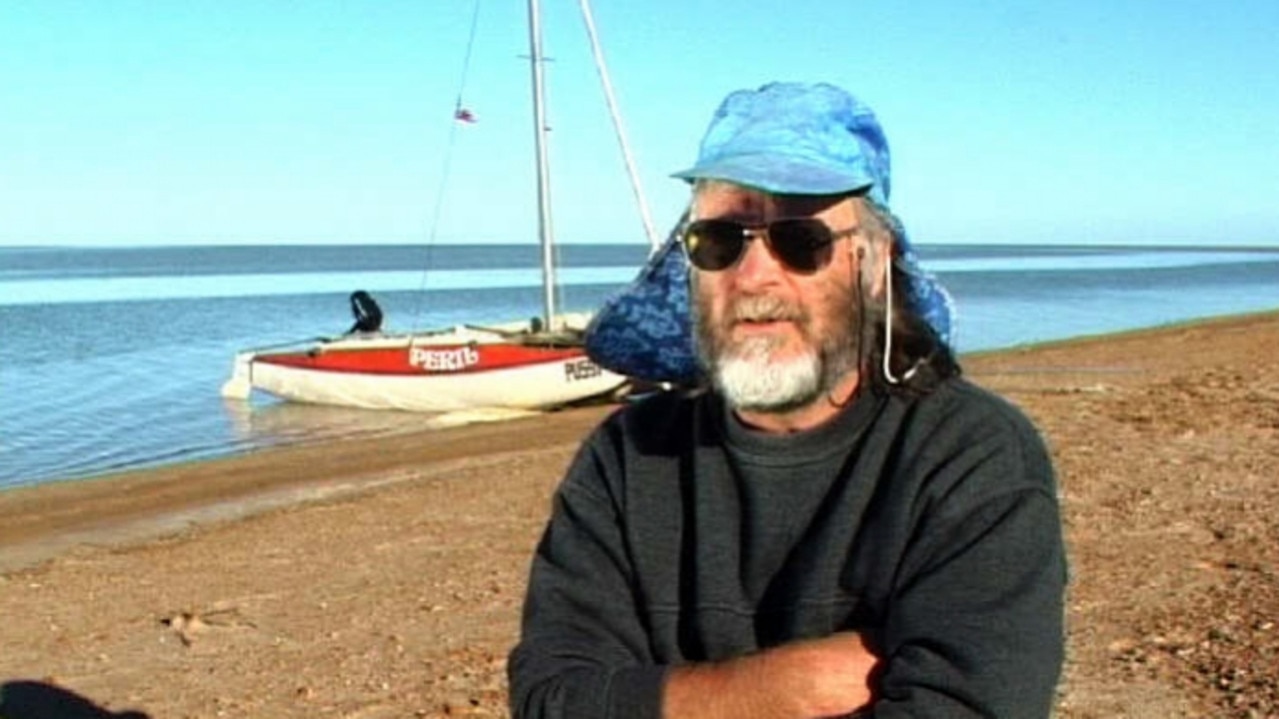SA substandard property register: The Adelaide houses deemed too bad to rent
Hundreds of properties sit on a register of substandard homes. Some are deemed unfit to live in, while others have rent capped at as little as $5 a week – and we’ve mapped them all.
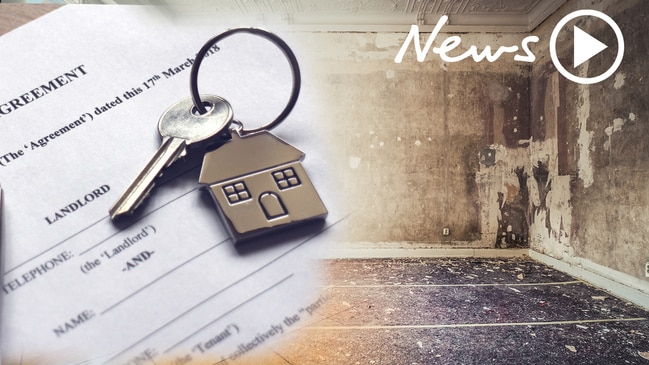
SA News
Don't miss out on the headlines from SA News. Followed categories will be added to My News.
More than 600 properties are on a state housing shame list with rents capped at as little as $5.
The state’s substandard housing register lists 646 properties ranging from those deemed uninhabitable to others with a rental cap – of which the lowest is $5.
The houses are privately owned with property owners missing out on huge rental incomes or sale windfalls as prices surge for dwellings left untouched for decades.
Almost 100 homes across South Australia have had their rents capped at $50 or less, another 184 are capped at $100 or less, while 64 have been deemed uninhabitable.
More properties have been added to the register than were removed last year, but the total number on the list has dropped since its introduction in 2017. The number of homes deemed unfit for human habitation has grown slightly.
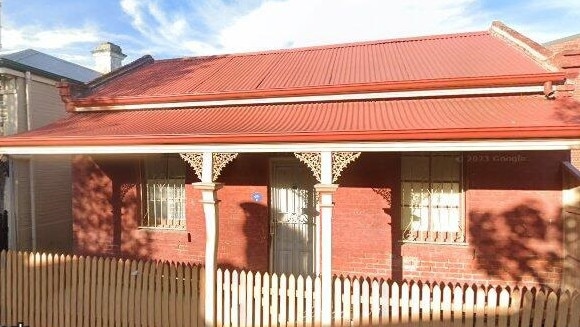
Most of the 64 properties deemed uninhabitable were built in the 1960s or earlier, and while some structures remain standing, the required repair bill would be so expensive they are fit only for demolition.
The 17 properties legally able to be rented for $10 or less are similarly historic properties but on land which, in many cases, has skyrocketed in value.
A 1905-built home on Second Street in Brompton is rent-controlled at $5 a week, meaning it can be legally rented but only for that amount.
It sold for $60,000 in 1989. The median property price in Brompton over the past year ranges from $797,500 for houses, and $632,500 for units.
The Housing Safety Authority updates the substandard property register weekly, with the list of uninhabitable properties – those deemed so ruinous they cannot be repaired – growing from 55 when it was first introduced, to 64.
However, the total number of properties on the register have dropped dramatically, from 1382 in 2017, to 646 as at July 18.
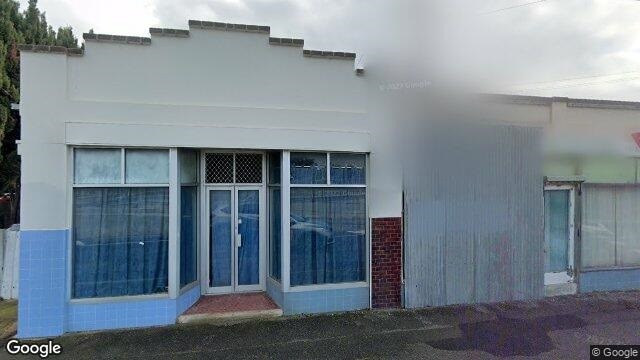
Housing and Urban Development Minister Nick Champion said it was encouraging the overall number of properties on the register had decreased.
“All the properties on the substandard register are privately owned, with the onus on individual owners to ensure their properties are up to standard,” Mr Champion said.
“Heritage rules relate to conservation and do not have an impact on the liveability standards of properties – whether a property is heritage listed or not – it still has to be in a liveable condition.
“Time frames to fix properties can vary, depending on the nature of the problem and how much repair work is required.
“The Housing Safety Authority imposes rent controls on the property, reducing rental payments, as an incentive to owners to complete repairs quickly and to improve living conditions for tenants.”
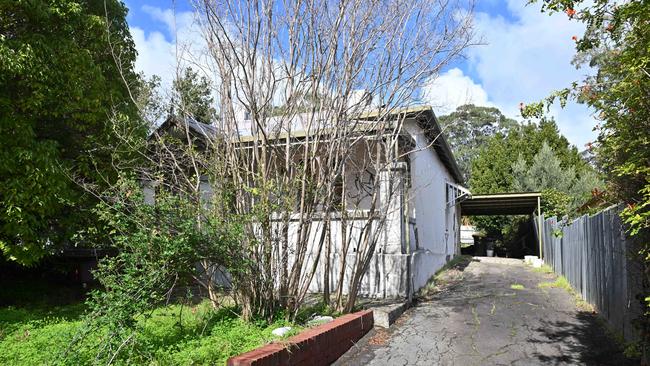
A Parkside resident who lives in a home on the register with rent capped at $10 said he purchased the property in the 1970s and has been living there since.
Carl, who asked to be identified only by his first name, said the government housing agency has been concerned about the property for some time, initially because they were worried about the home being rented out but now for his safety.
“I’m an owner occupier but still obliged to let them check that I’m not living in a place that’s unsafe for me,” he said, adding that a housing investigation officer from the SA Housing Authority has sought to inspect the property.
Carl said he is yet to arrange for his visit but believes the officer would “like to get the place off the books”.
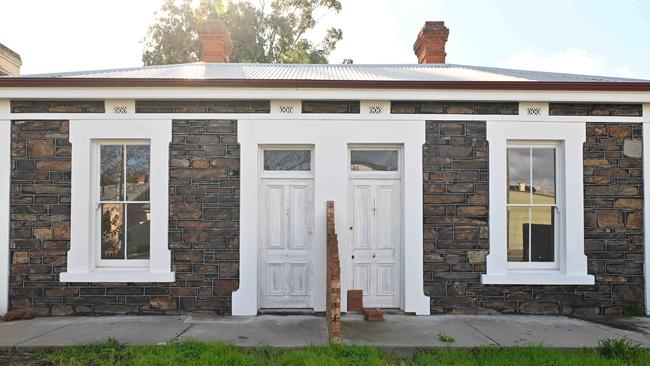
Real Estate Institute of South Australia chief executive Andrea Heading said NIMBYism, a choked supply chain and constrictive heritage requirements were among the key issues crippling renovations or developments.
Mrs Heading said new Residential Tenancy Act regulations mandate each property meets minimum requirements for leasing, with penalties – such as fines – for breaches.
“We know there’s an enormous amount of houses affected by, say, planning approvals and certainly the heritage register is a big thing that affects the front of the house,” she said.
“In a market like South Australia which is a lot of older housing, all of those ones that sit under that register make it tricky.
“But anything we can see that will boost supply is welcome.”
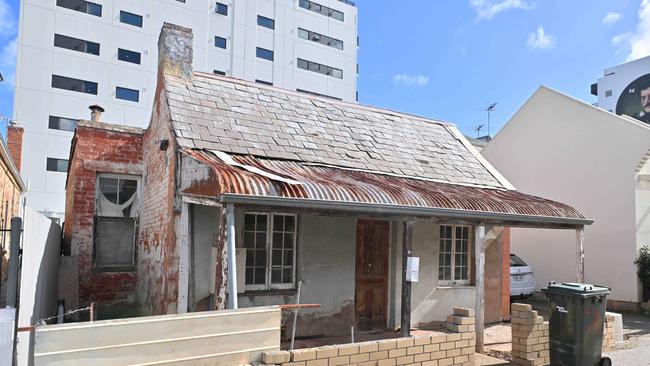
An Eastwood resident, whose home neighbours a property on the register with a $10 rent limit, said she wanted to see something done about homes that have been vacant for a long time.
“We would like to make sure that our house is safe ... if there was a fire, if squatters are in there,” she said.
“And we certainly don’t want to see them knocked down.”
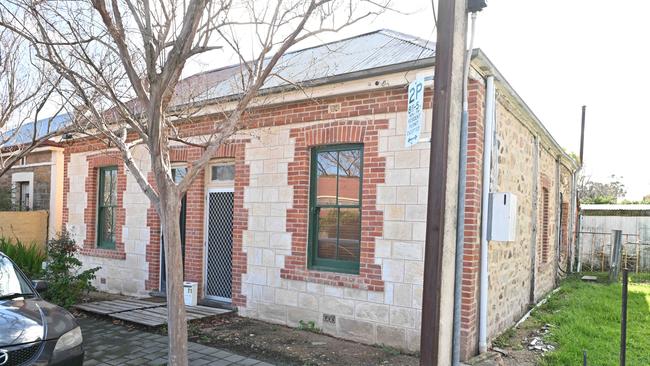

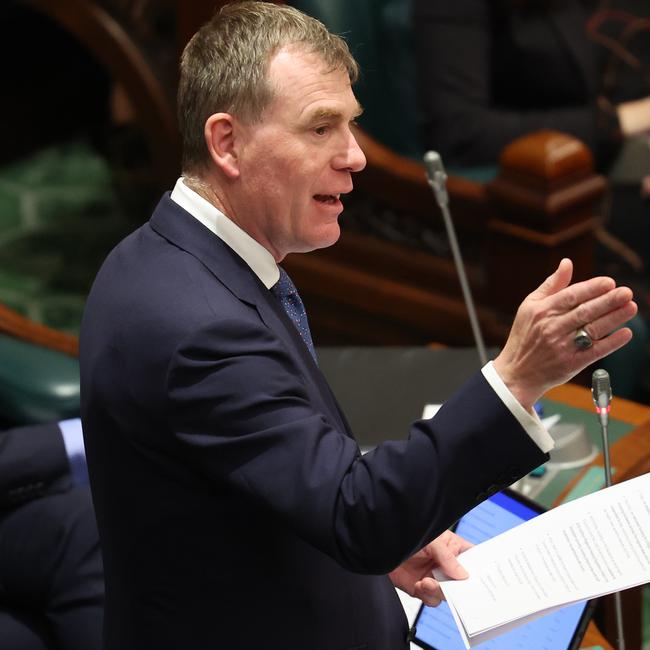
The state has clear guidelines around substandard properties which can be legally rented for the comically low rates on the register.
Penalties apply for property owners who rent above the caps.
“A property can be occupied if subject to an order or notice unless the owner or occupants are directed to vacate the property through a Housing Improvement Order, Housing Demolition Order or Notice to Vacate,” the Housing Safety Authority states.
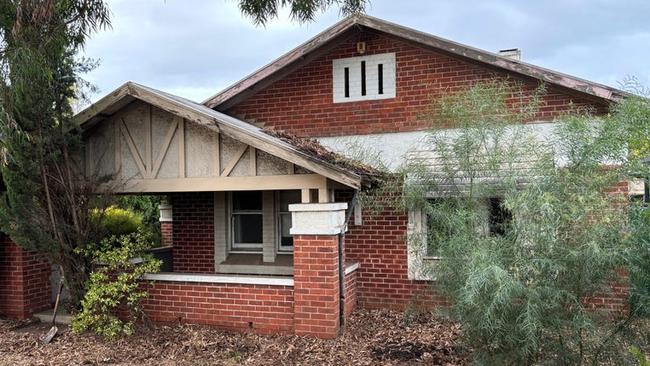
Some listed properties are real estate goldmines.
An eerie Adelaide bungalow that was ruled unfit to be lived in recently sold for $855,000 at auction.
Known locally as the “ghost house’’, 505 Goodwood Rd, Colonel Light Gardens – a popular meeting place for delinquents – has been subject to a housing improvement order since 2007, meaning it cannot be inhabited until undergoing substantial repairs.
It sold in July for $5000 above its contentious reserve price, with eight registered buyers after a 10-day marketing campaign. It sold for $855,000.
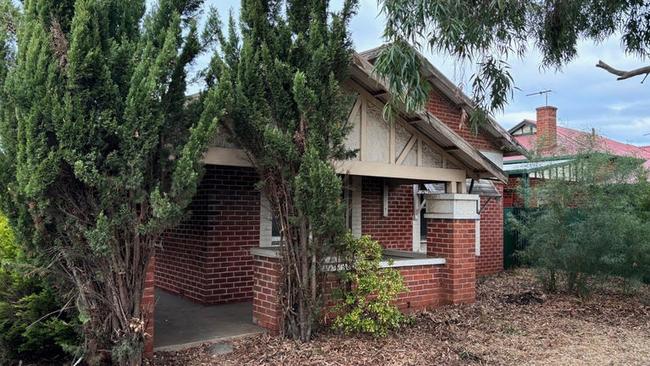
As property prices soar and housing supplies plummet there are calls for properties on the register to be repaired to a liveable standard and tenanted.
Uniting Communities has recorded a 5.1 per cent increase – or 1900 calls – in the number of contacts to its housing crisis hotline over the past two years.
Formerly the Homelessness Gateway Service, the Homeless Connect SA operates 24-7, and while it does not have access to accommodation, it helps people access relevant services.
Chief executive Simon Schrapel said the surge in calls to the hotline demonstrated the ongoing need for help during the housing crisis.
– With Lauren Ahwan




